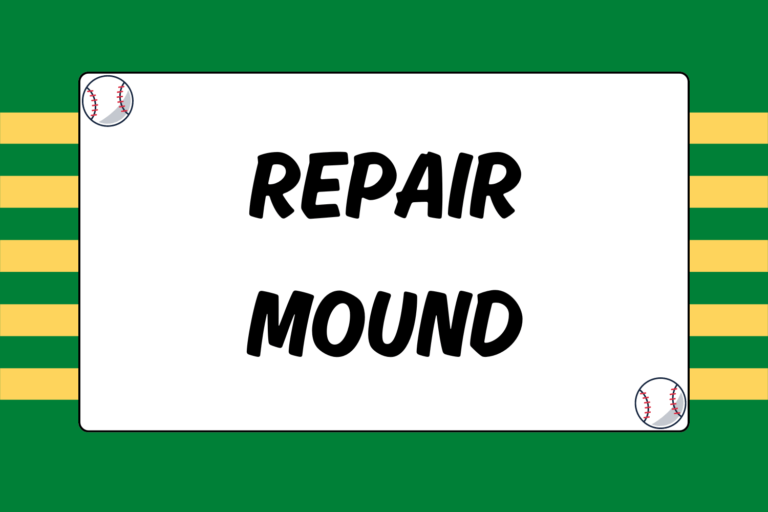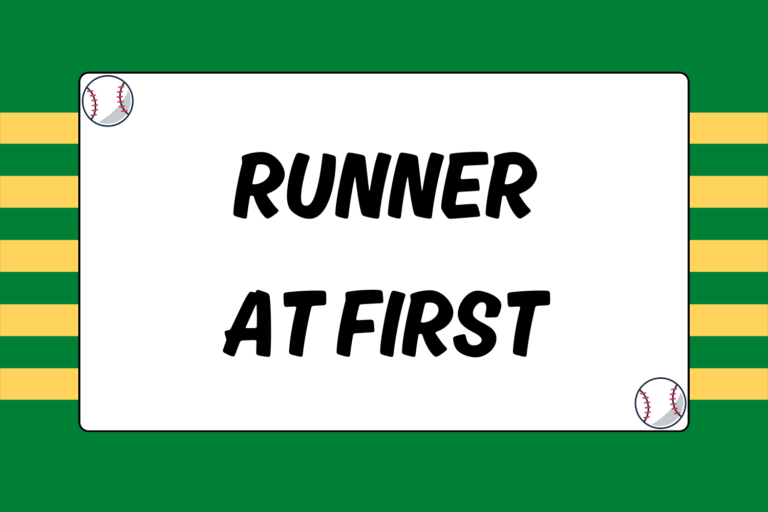Lefties constitute just 10 percent of the general population, and as a result, face countless minor disadvantages in various facets of life. Common objects such as scissors and can openers are trickier for left-handers to operate.
Writing in a notebook can be terribly awkward (and writing with a pencil on any type of paper inevitably leads to smudging). Customs such as shaking hands and saluting demand the use of the right hand. The percentage of left-handers in Major League Baseball is closer to 25 percent, which is a sizable difference.
Indeed, the diamond has long been a sanctuary for southpaws. One reason for this is baseball is one of the only activities for which lefties have tangible advantages. While the benefits are minor, they are undeniably apparent:
- Left-handed hitters, due to the placement of their batter’s box, start one step closer to first base than righties.
- Since the majority of pitchers are right-handed, it’s generally easier for lefty batters to see the ball come out the pitcher’s hand.
- Left-handed first basemen have a quicker and more natural motion when making throws to second and third base (whereas righties have to pivot their feet and shoulders first).
- Lefty pitchers have a significant advantage when it comes to holding runners and making pickoff throws to first base.
This guide focuses on the last item on this list, in order to explain both the characteristics of the different lefty pickoff moves and the proper technique for executing them.
Pickoffs for Left-handers
The most obvious advantage for the left-handed pitcher is that he faces the runner at first base while in the set position. Southpaws have several choices with a runner on base, and because of the direction they face, more time to make a decision.
According to the official rules of baseball, the pitcher has three alternatives when standing on the rubber in the set position:
- Deliver a pitch to home plate.
- Step and throw to a base.
- Step off the back of the rubber.
The second option is the lefty’s greatest asset. In order to step and throw to first base, a right-handed pitcher has to pivot and turn his body 180 degrees. Left-handers simply step and throw. As such, he has free reign in deciding how quick and/or deceptive he wants his motion to be.
Fun Fact
Referring to a lefty as a “southpaw” has been part of the vernacular for over a century, but the word’s origins are not well known (thanks in part to misinformation in the movie, “Rocky”). It was originally a baseball term, coined back when all games were played during the day.
Field designers didn’t want the afternoon sun to be in the hitters’ eyes, so they created a standard of positioning diamonds so that the sun set behind home plate. This means that, on most fields, home plate points west and first base points south. While on the rubber, the left-hander’s arm consistently faces south, towards first base. Hence, southpaw.
Walk it Off
When picking to first base, you want to use as much of your allotted 45 degrees as possible. Draw a line in the dirt with your cleat so you know how far forward you can land. Then when you make your pickoff throw, land with your right foot and continue walking three or four more steps to retrieve the ball. Don’t give the umpire much time to see where you landed, and you’ll be less likely to get a balk call.
Standard Pickoff Move
The rules state that the pitcher must deliver the pitch to home plate “once his natural pitching motion commits him to the pitch.” Prior to that moment, the pitcher is free to step back off the rubber, or step and make a pickoff throw to a base at any time.
For a left-hander, that moment can occur during the pitching motion, up until his momentum propels him towards home plate. A lefty can even raise his right leg in preparation to pitch, but change his mind and throw to first base as long as:
- His front leg doesn’t cross his back leg.
- His front foot doesn’t land pointing any farther than halfway from first base to home plate (about a 45-degree angle).
When runners lead off first base against a lefty, they often employ what is commonly called a “one-way” lead. Since, unlike righties, lefties can actually begin their pitching motion before picking off, runners must avoid getting caught learning towards second base. Against a southpaw, runners often take an extra half-step or so for their lead, but keep their weight leaned back towards first base in case of a quick pickoff attempt. This inhibits momentum for the base runner— a major advantage for lefty pitchers because it controls the running game, and often causes base runners to get poor jumps on balls hit into play.
Every pitcher produces a slightly different iteration of the lefty pickoff move, but most fall into one of three categories:
- Straight step: Occasionally a pitcher might simply step directly at the base and make a pickoff throw. This is fairly rare because it contains no real element of deception, but it’s used when a pitcher might not want to show a runner his best move.
- Leg-kick: Encompassing the vast majority of pickoffs, this is what people typically associate with the left-handed move to first base. The pitcher lifts his leg and hands as if he were going to pitch. But instead of driving his weight forward, at the last second he turns his head and shoulders, steps towards first base, ands makes a throw. The pitchers with the best moves are the ones who can most closely replicate their pitching delivery when picking off.
- “Read”: Some pitchers decide whether to pitch or pick once their right leg is in the air. They start their motion, read the runner’s movements, and then choose whether to throw home or to first base. This is a rare skill because it’s extremely difficult to perform while still pitching effectively.
When executing a left-handed pickoff move, the key is to emulate your natural pitching motion for as long as possible, and then quickly step towards the base and make a throw. Remember, you don’t have to step directly at the base. As long as you don’t fall towards home plate, you can step at a 45-degree angle between first base and the dish.
Quick Step Off
As with right-handers, lefties have the option to step back off the mound at any point before they start pitching. This rule comes in handy for southpaws because it creates another type of pickoff opportunity. Often the best way to pick off a runner is to catch him off-guard or accidentally leaning towards second base. Of all the moves (for both righties and lefties), a quick step-off and throw by a left-hander is the fastest way to get the ball to first base.
Arm strength is crucial to executing the step off because you don’t have time to make a normal throw. If you think you can nab a runner from the set position, quickly step off the rubber with your left foot and make a snap-throw to first. Don’t reach back with your throwing hand or step towards first base; it simply takes too long. Basically, you have to be able to throw flat-footed. Stay in control of your body and be quick, but don’t rush the throw. The last thing you want is to throw the ball away.
Pick the Right Time
Left-handed pickoff techniques are unlike any other movement you make on the diamond, so they require a great deal of practice in order to master. Southpaws at the highest levels of baseball spend hours fine-tuning their techniques to establish a great pickoff move.
That said, a lot of lefties hold runners effectively without making many pickoff throws. Simply keeping the runner guessing is often enough to deter him from trying to swipe a base. Use your head and shoulders to make your pitching motion identical to your pickoff motion. Ultimately, the key is to be unpredictable.





